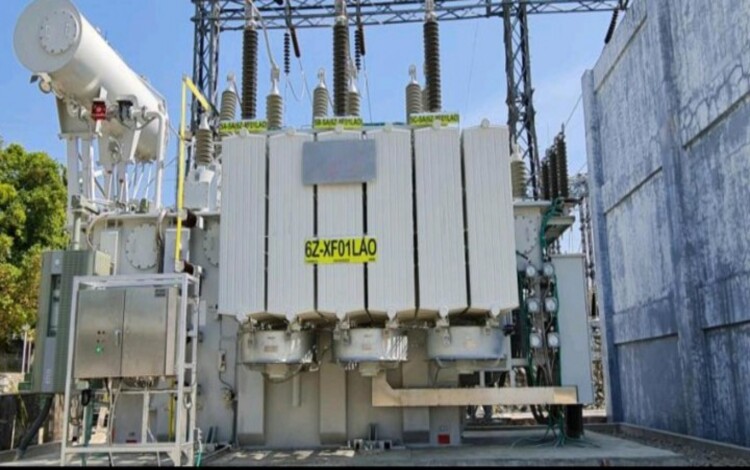As the demand for electricity surges across Luzon, the National Grid Corporation of the Philippines (NGCP) continues to navigate the delicate balance between supply and demand. On April 18, 2024, the Luzon grid faced significant challenges, prompting NGCP to issue alerts and closely monitor the situation.

According to NGCP’s latest update, the Luzon grid experienced periods of strain, with both Red and Yellow alerts being issued throughout the day. During Red Alert periods, which occurred from 3 p.m. to 4 p.m. and from 8 p.m. to 10 p.m., the grid faced critical shortages, necessitating immediate action to prevent widespread outages. Yellow Alert periods, spanning from 1 p.m. to 3 p.m., 4 p.m. to 8 p.m., and 10 p.m. to 11 p.m., signaled conditions of heightened risk, requiring careful management of available resources.
The discrepancy between available capacity and peak demand underscored the magnitude of the challenge. While the available capacity stood at 13,397 megawatts (MW), the peak demand reached 12,892 MW, leaving a narrow margin for error. This tight balance exemplifies the intricate nature of maintaining a reliable power supply in the face of fluctuating demand and unforeseen disruptions.
One of the primary contributors to the grid’s strain was the significant number of power plants experiencing forced outages. With 19 plants offline and an additional plant running on derated capacity, a total of 1,891.3 MW of generation capacity became unavailable to the grid. Forced outages can result from various factors, including equipment failures, maintenance activities, or unforeseen technical issues. Regardless of the cause, the impact on grid stability is profound, necessitating swift mitigation measures.
In response to these challenges, NGCP and other stakeholders must adopt a multi-faceted approach. This approach could include enhancing infrastructure resilience, implementing proactive maintenance strategies, diversifying energy sources, and promoting demand-side management initiatives. Additionally, fostering collaboration among government agencies, power producers, and consumers is essential for developing cohesive strategies and ensuring effective response measures during periods of heightened demand or unexpected disruptions.
Furthermore, investing in renewable energy sources and energy storage technologies can enhance the grid’s flexibility and resilience while reducing reliance on conventional fossil fuels. By harnessing the abundant renewable resources available in the Philippines, such as solar and wind power, the nation can transition towards a more sustainable and secure energy future.
The April 18, 2024, Luzon grid status highlights the complexities and challenges inherent in maintaining a reliable and resilient power supply. Addressing these challenges requires a concerted effort from all stakeholders, with a focus on innovation, collaboration, and sustainability. By working together and embracing transformative solutions, Luzon can overcome its current energy challenges and build a more resilient and sustainable future for all.
